Physical Layer :¶
Physical layer of Wireless Mesh Network deals with electromagnetism, antenna, cabling, signaling, electronics stuff and the designs/protocols related with it. However, for a practical discourse journey, we shall look and observe the system from Antennas to Electronics constituting the physical layer in a mesh node.
Antenna + Transmission Lines + Connectors :¶
A symbiotic convergence between the resources and design must be reached in “practical” learning. Here we will often refer to tutorials of design of antennas and other things related with it. Designing is one thing about antennas, but scavenging for tools & materials required for making one is completely another radical animal which pushes the individual and community to move out from their computer/laptop monitors to hardware shops, and second hand scavenging from home garbage, garages, work bench stashes, radio shacks, old racks, friends & neighbors homes…….a good and interesting thing….. isn’t it ???
So First, one has to understand the Antenna design requirements, goals, & practical trade-offs in terms of Wireless Mesh Network – Node:
Requirements (situation based)¶
- Highly directional antenna is required to connect to establish a point to point connection between two nodes.
- Sector setup for covering a certain view angle – (range) to establish a point to multipoint connection between nodes.
- Omni directional antenna is required for serving the mesh agnostic clients in all directions horizontally.
Goals¶
- Eliminate or minimize Multipath propagation & fading in antenna design selection
- Economic by design & construction
- Encourage designs that doesn’t require RF amplifiers
- Portable / Modular design & construction
- Plug & Play connectivity for effective portability and ease of usage
Reuse – Materials :¶
When it comes to Antenna design and construction, designs could be learned from internet, books and other friends. Doing an antenna really takes a physical collaborative approach to mutually share knowledge and physical tools and resources necessary to building, testing, trial & error, sometimes breaking stuff too… :)..
- Shirt/Coat hangers
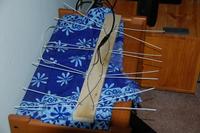
- Bicycle/Motor bike Spokes
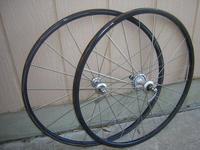
- Old Retractable antennas
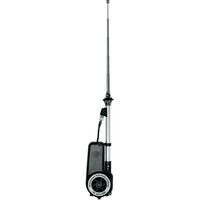
- Old Yagi-Uda Antenna
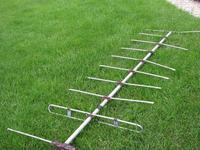
- Condenser Copper Tubes and Fins

- DC Fan grill from Desktop PC’s
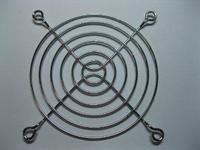
- Table Top fan Grill
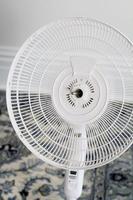
- Old Umbrella Structure
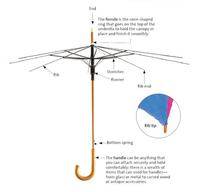
- Used/Old Automobile Sharkee
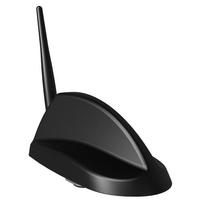
- Used/Old/Broken Retractable Measurement Tape

- Reuse Collapsible Sieve

Tutorials:¶
We recommend you to further carry on the learning by studying and doing the antennas by yourself and take necessary help with the community and don’t forget to follow mechanical and electrical safety rules to follow
Link Budgeting :¶
Radio Planning :¶
Devices :¶
For now we are following the Free/Open implementations of Radios, Routers, & other DIY Hardware devices which we believe will leverage the Radio Hardware devices as Home brewing done for Amateur Radio & recent fountain of DIY Free Hardware Movement.
- HackRF Jaw Breaker
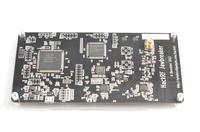
- PSDR

- RTLSDR
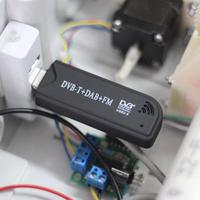
- Myriad RF
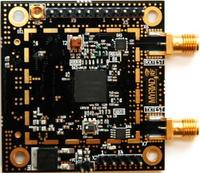
- Turris


